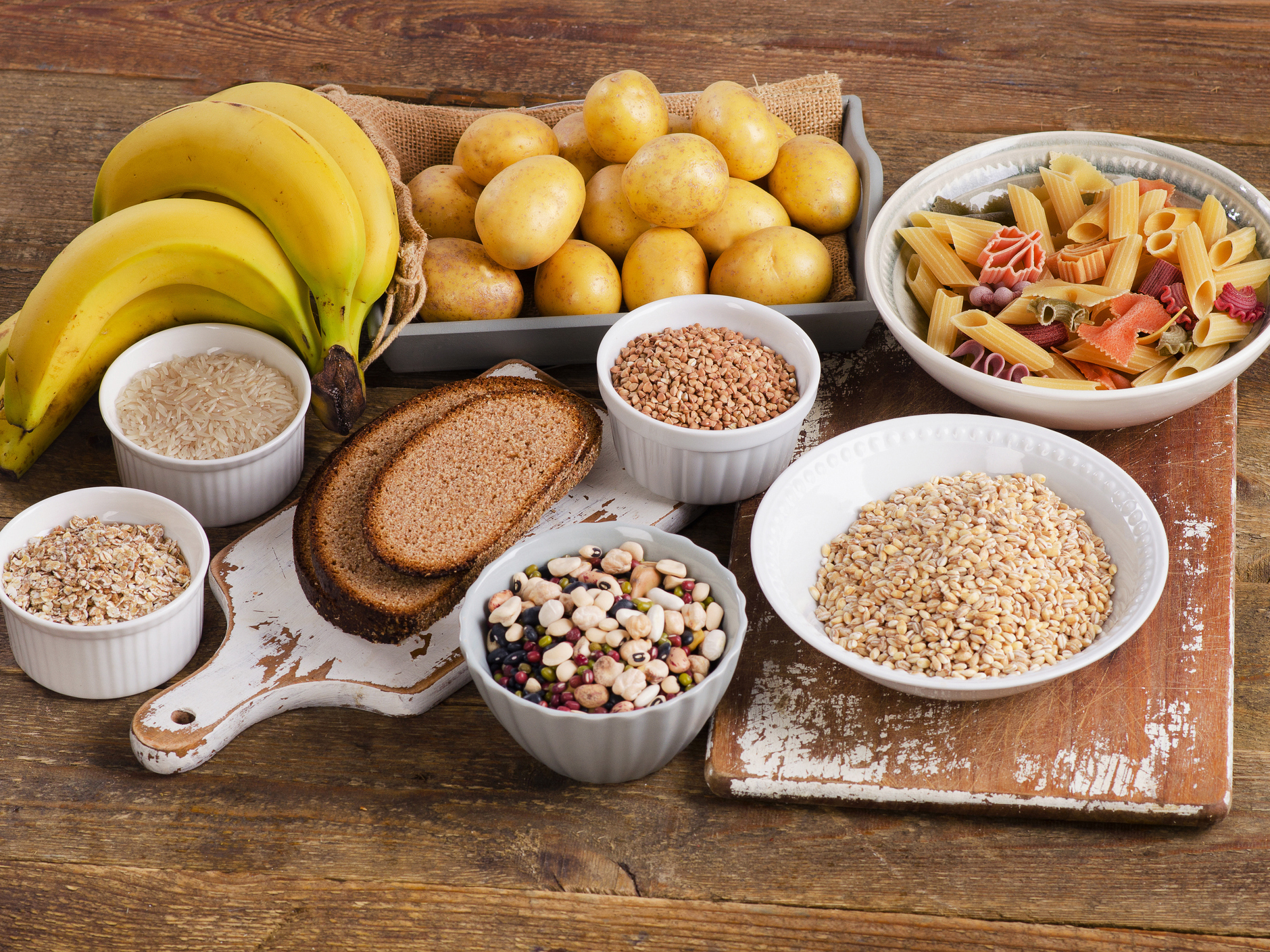Get Easy Health Digest™ in your inbox and don’t miss a thing when you subscribe today. Plus, get the free bonus report, Mother Nature’s Tips, Tricks and Remedies for Cholesterol, Blood Pressure & Blood Sugar as my way of saying welcome to the community!
Can this carb curb a creeping waistline?

If you’re struggling to lose weight, there’s one piece of advice no one will ever give you:
Eat more carbs.
Your doctor, your best friend, your mother — they all know that carbs equal curves. And when you already have curves to spare because your BMI has slipped into the obesity danger zone, the people who care about you are much more likely to steer you toward the zucchini noodle primavera than the baked mostaccioli.
But are carbs the fat-fueling boogeyman they’re made out to be?
That’s a complicated question to answer. Not all carbs are the same, after all. The carbs in a banana are worlds away from the carbs in a piece of Wonder bread.
The question is: Which carbs will help you maintain a healthy weight, and which carbs will send you hurtling toward obesity?
Well, I know at least one carb-y food you can add to the “nice” rather than “naughty” list as you work to get your weight in check…
Everyone’s favorite gluten-free grain — rice.
Rice lowers obesity rates
In an international study that included data from 136 countries, researchers from Doshisha Women’s College of Liberal Arts in Kyoto, Japan, found that consuming more rice is associated with lower rates of obesity.
Researchers tracked the consumption of all rice products in the study, including white rice, brown rice, and rice flour. They looked at how many grams per day of rice products people consumed, and how many total calories per day they consumed
In the end, they found that countries with a high intake of rice (an average of 150 grams per day per person) had fewer obese people than countries with a low intake of rice (an average of 14 grams per day per person).
Why would a high-carb food like rice lead to lower obesity rates?
Researchers believe that the fiber, nutrients, and plant compounds in rice may help people feel full faster and prevent overeating. Additionally, despite being high in carbs, rice doesn’t cause blood sugar levels to spike too drastically after a meal. That means it won’t contribute to insulin resistance, a major factor in obesity.
But don’t go overboard on the rice
Eating too much of any food never bodes well for your body. And that includes rice.
Despite all the perks mentioned above (including balanced blood sugar and insulin levels), some studies show that eating too much rice can lead to metabolic syndrome and diabetes.
The moral of the story? Rice is healthiest in moderation.
That said, people in the Western world probably aren’t eating enough rice.
In the study, Asian countries where people consumed several hundred grams of rice per day had far less obesity than Western countries where rice consumption was in the 15 to 32 grams per day range.
Researchers estimate that if people worldwide were to eat just 50 grams of rice per day — roughly a quarter cup — the global obesity rate would decrease by 1 percent.
So, why not start with yourself?
Eat a quarter cup of rice per day. I’d recommend sticking to brown rice whenever possible. It contains extra fiber and protein. Plus, it balances blood sugar better than the white variety.
One significant caveat when preparing rice: Always wash it. Lead can contain higher levels of heavy metals and microplastics. But washing it greatly reduces the amount.
Editor’s note: Did you know that when you take your body from acid to alkaline you can boost your energy, lose weight, soothe digestion, avoid illness and achieve wellness? Click here to discover The Alkaline Secret to Ultimate Vitality and revive your life today!
Sources:
- International study suggests that eating more rice could be protective against obesity — MedicalXpress
- The truth about carbs — NHS UK
- Brown Rice vs. White Rice: Which Is Healthier? — University of Pittsburgh Medical Center














